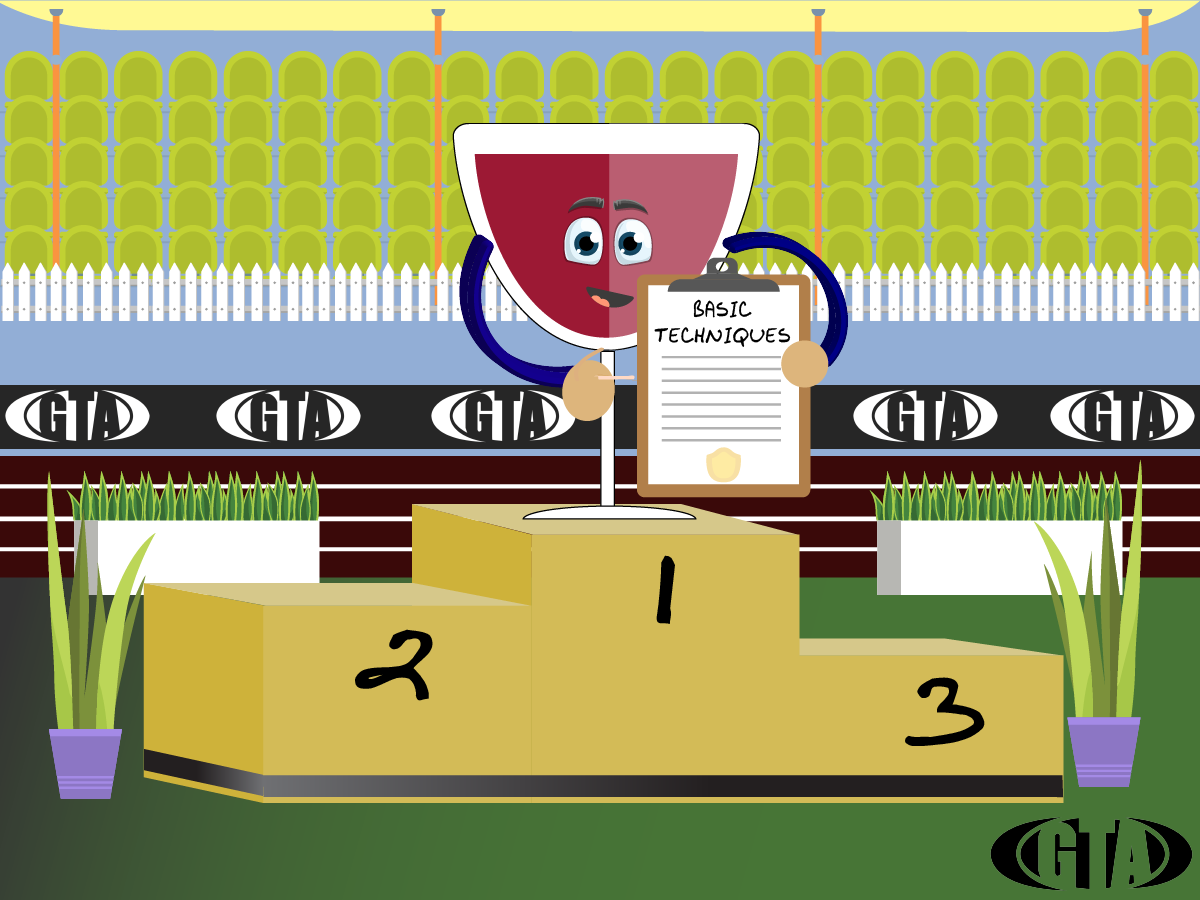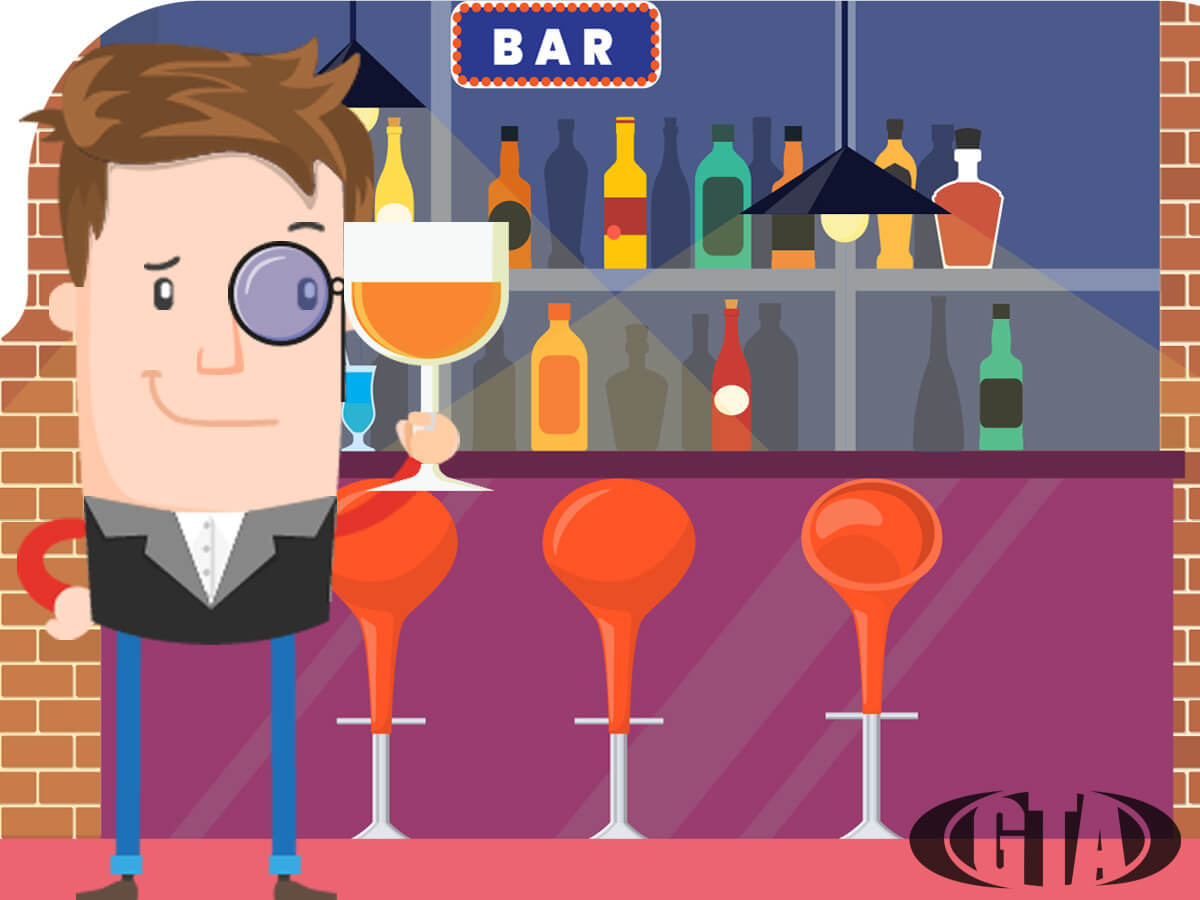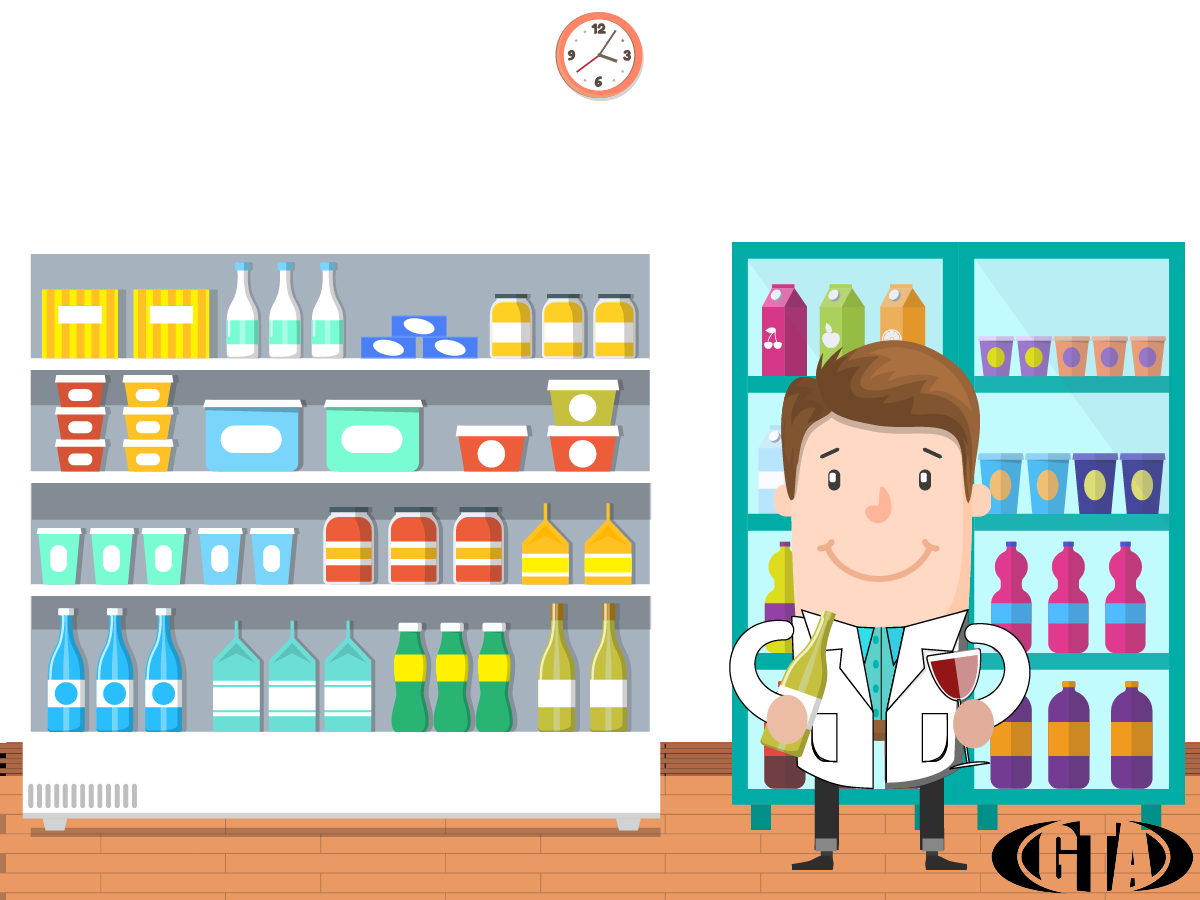Strategies and practices to make best cocktails
A bartender is one who can create magic with the mere mixing of a handful of ingredients and serve it in a glass that contains the magical potion which takes us to a whole new world of sensory gratitude. Blending drinks and bartending techniques is the very first lesson any aspiring bartender learns during the dawn of their career. Love, at first sight, happens only when the basic cocktails inspire them to improvise depending on the drink mechanisms they get educated with during their training term. A self-learner always relies on the basic drinks and their classic proportions to start with. It is only during the later stages that the bartender tries a hand in innovation which has its roots dug deep into the traditions of Mixology.

A successful bartender is one who creates winning cocktails which make people visit the bar joint time and again to savour the enigmatic taste of the extraordinary drink. A cocktail is a fine result of various techniques and methods that adds colour to a black-and-white movie called alcohol. The colour, texture, flavour, aroma, and appearance can make anybody long for more. Whether they are the basic bar drinks or the totally complicated ones; building the best drinks takes some serious effort using many kinds of strategies and practices that serves the patron with their desired combination to soothe their mind and soul which is commonly called a “Cocktail”.
Galaxy Training Australia comes up with the bartending basics for you to understand the delightful phenomenon that alcohol and some fresh ingredients undergo to form a cheerful glass of sparkling cocktail:

Shaking
The drinks that contain eggs, fruit juices, or cream need a shake to mix ingredients together, and also it is necessary to have a shaker to chill them simultaneously. The purpose is to almost freeze the drink at the same time as breaking down and merging the ingredients. Generally, this is done with ice cubes three-quarters of the way full. Hold the shaker in both hands after putting in all the necessary ingredients, with one hand on top and one supporting the base, and give a quick, rhythmic and brisk shake. Do not rock your cocktail in a horizontal position. When the water has begun to reduce on the surface of the shaker, the cocktail should be adequately chilled and then is all set to be strained.
Straining
Usually, the cocktail shakers come with a built-in strainer or hawthorn strainer. When a drink needs to be strained, make sure that you've used ice cubes, crushed ice clogs the strainer of a typical shaker. If at all a drink is required to be shaken with crushed ice (i.e. Shirley Temple), then it for sure has to be served sans straining.
Stirring
Stirring cocktails can be done with a metal or glass rod in a mixing glass. If ice is used, use cubes to prevent consistency loss, and strain the mix into a glass when the surface of the mixing glass begins to collect condensation.
Muddling
Crushing the ingredients with the muddler to extract the most zest from certain fresh ingredients such as fruit or mint garnishes with the back end of your bar spoon, or with a pestle is the usual norm followed which is called Muddling.
Blending
Blending is an appropriate way of combining the ingredients with others, creating a smooth ready-to-serve mixture. An electric blender is needed for some recipes that contain fruit or other ingredients that do not get crushed by shaking. Some recipes require ice to be put in the blender, which is when the required amount of crushed ice is poured to achieve the desired consistency.
Building
In drink building, the ingredients are poured into the glass in which the cocktail will be served and the ingredients are floated on top of each other just a swizzle stick is put in the glass that allows the ingredients to be mixed at their own pace. No shaking or blending is involved in this process.
Layering
Ingredients like cream or liqueurs are poured on top of one another, using the rounded or back part of a spoon, and rest it against the inside of a glass. Slowly pour down the spoon into the glass. The ingredient should run down the inside of the glass and remain separated from the ingredient below it. Learning the approximate weight of certain liqueurs and such will allow you to complete this method more successfully, as lighter ingredients can then be layered on top of heavier ones.
Flaming
Flaming is the method by which a cocktail or liquor is set ablaze, normally to enhance the flavour of a drink. This method must be administered under cautious circumstances, only as a part of drink making, and not show off the skills for some cheap thrills. Many of the liquors are highly inflammable. Therefore monitoring your excitement must always be the priority.
